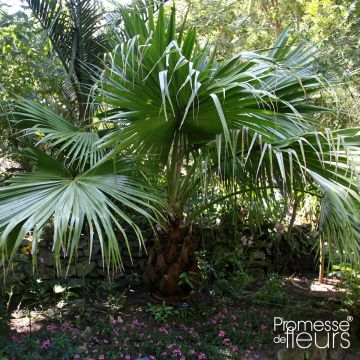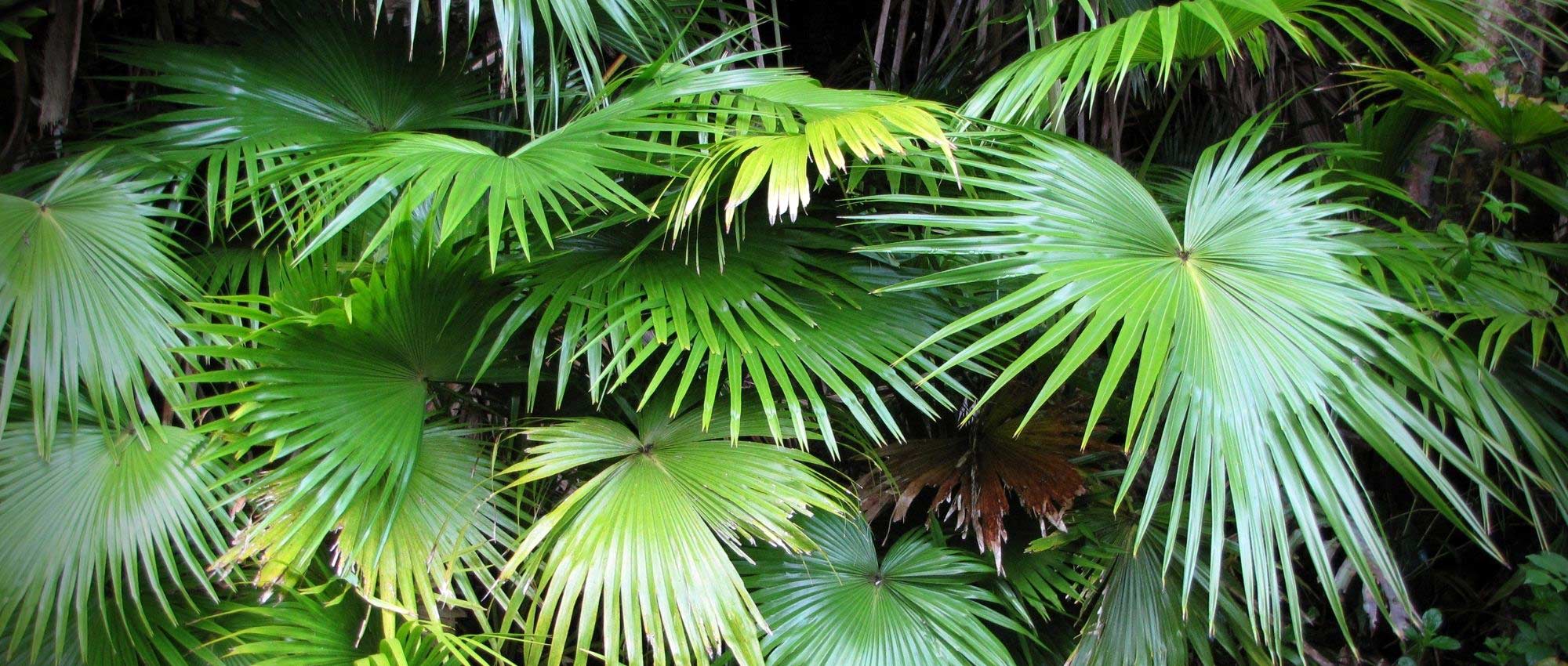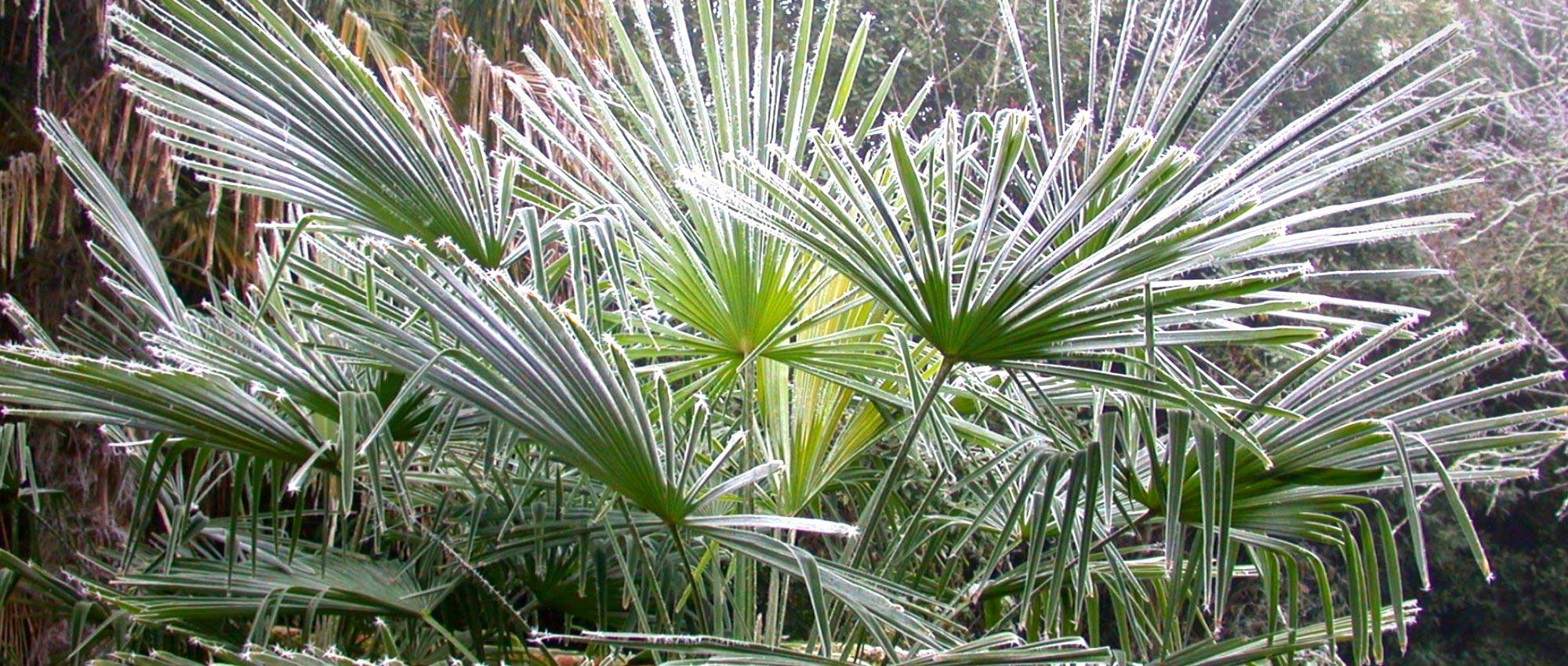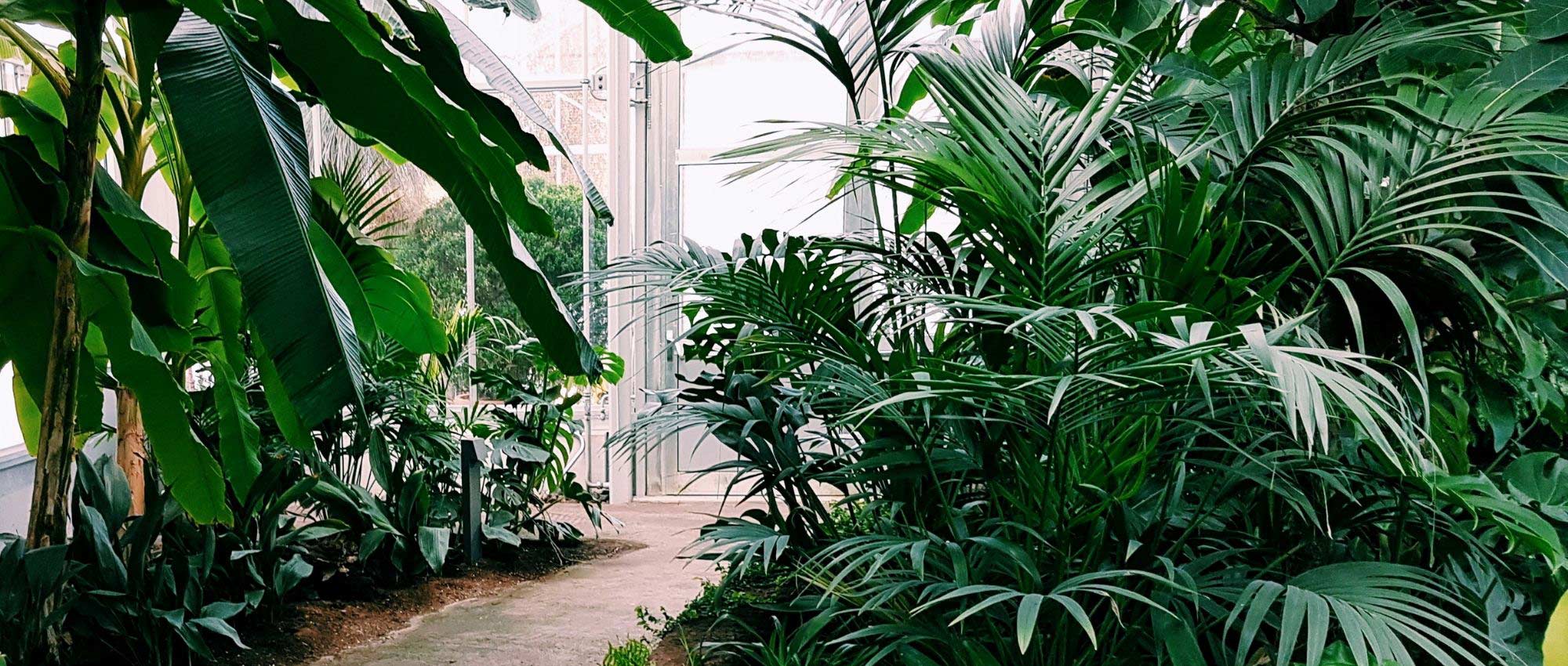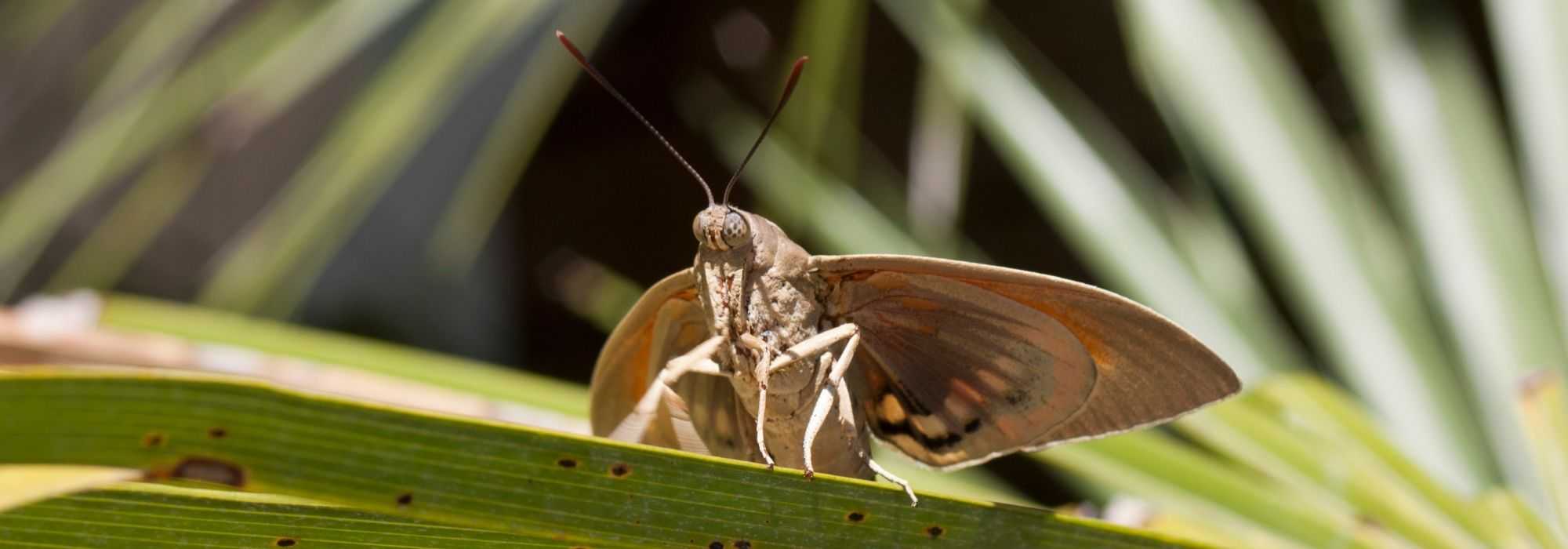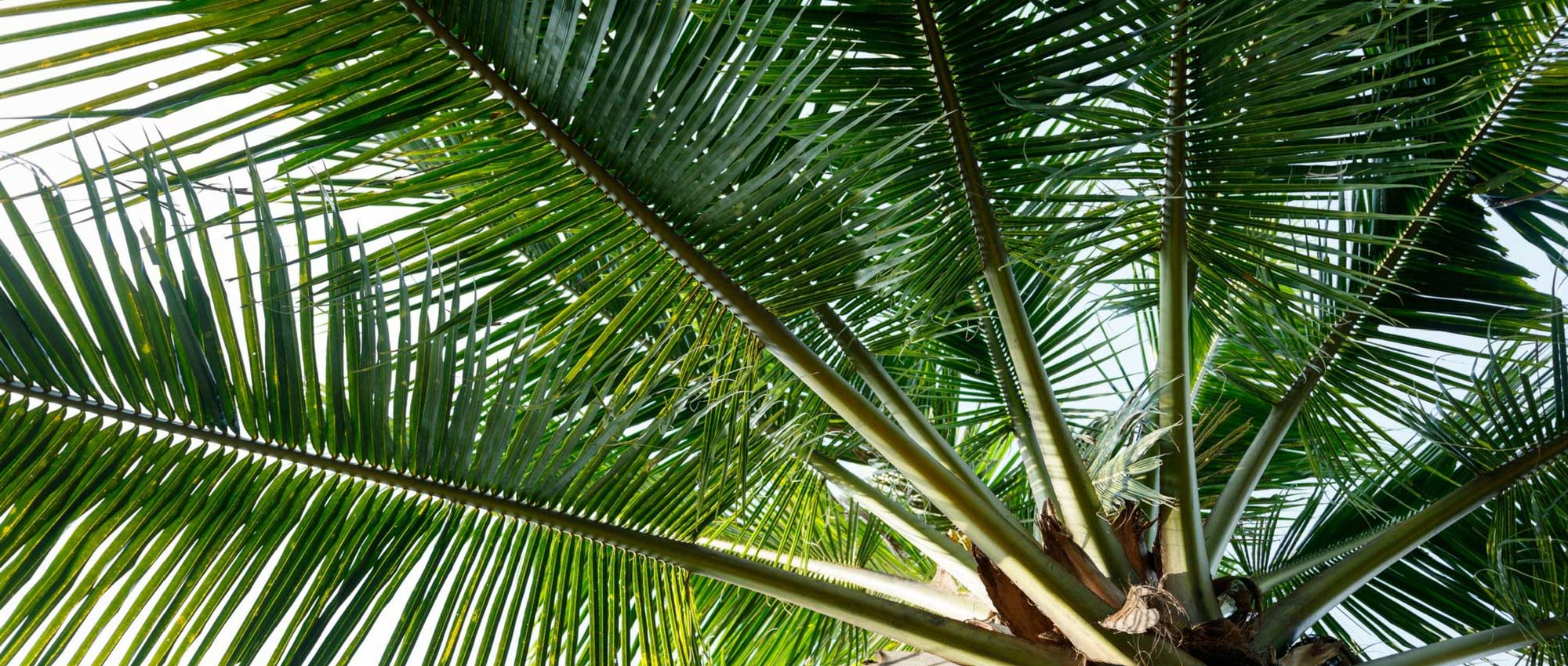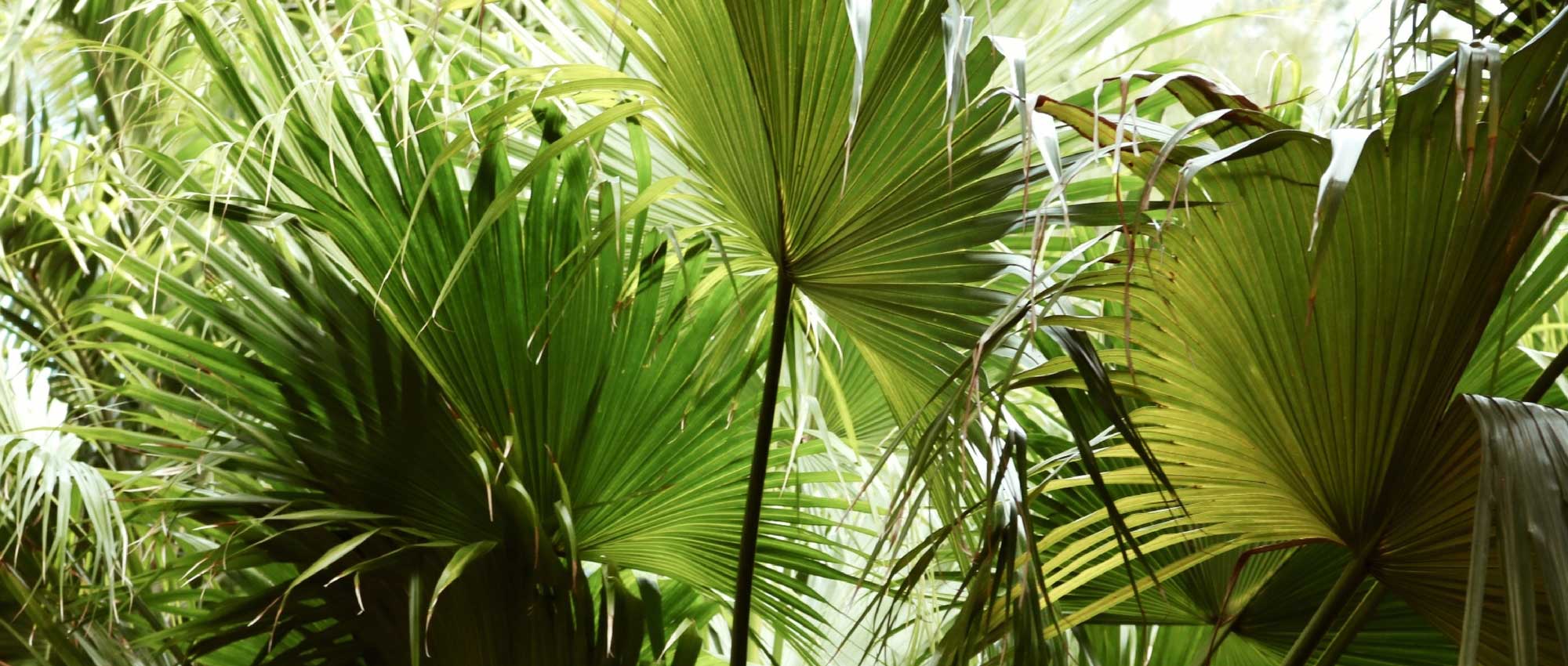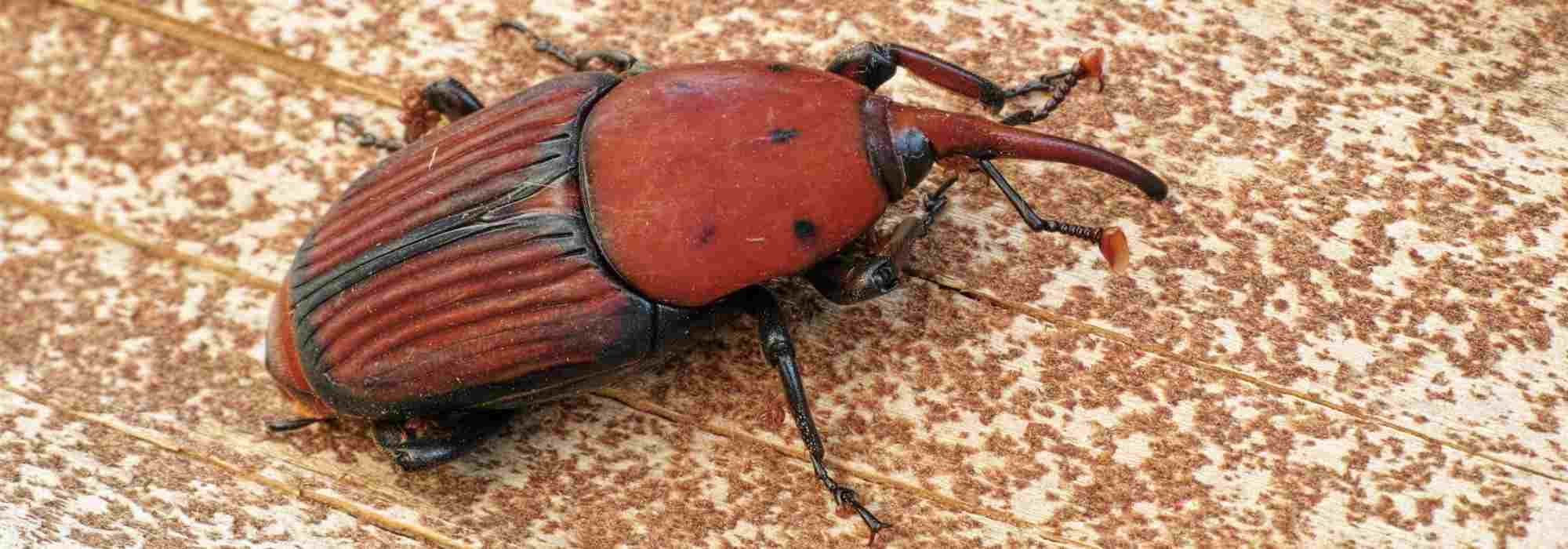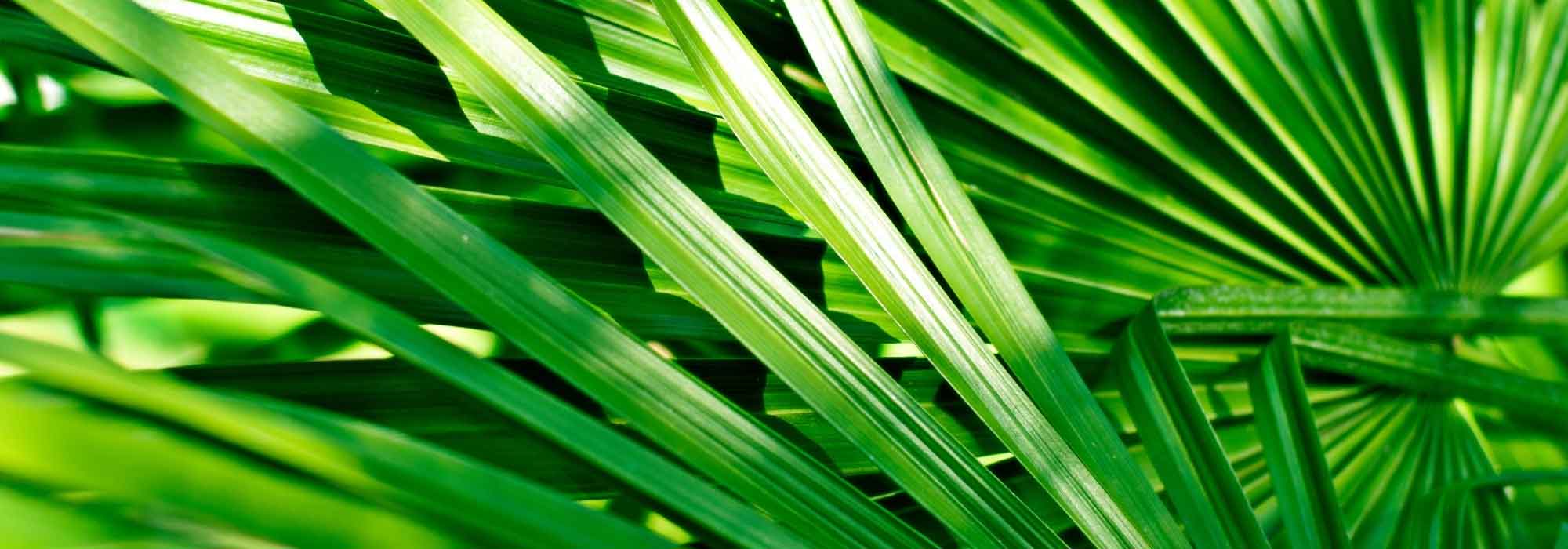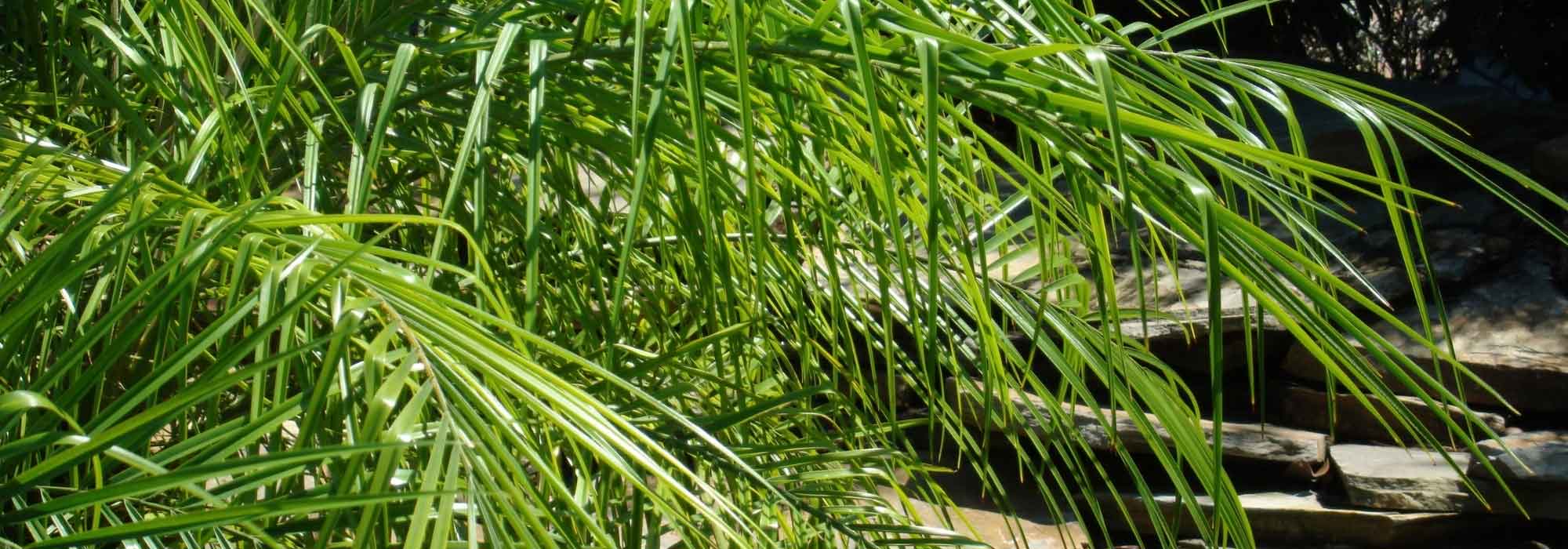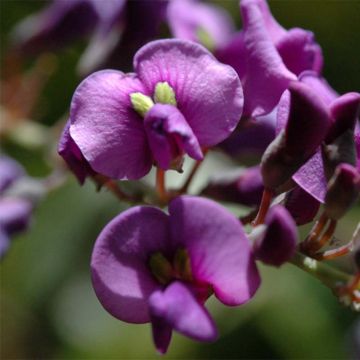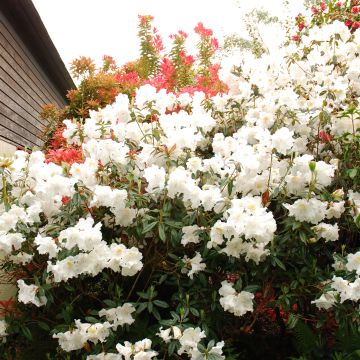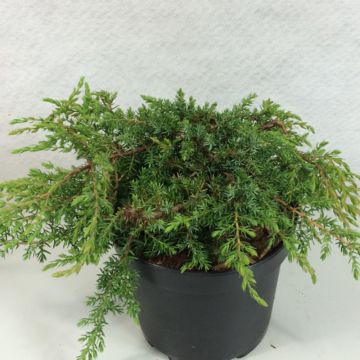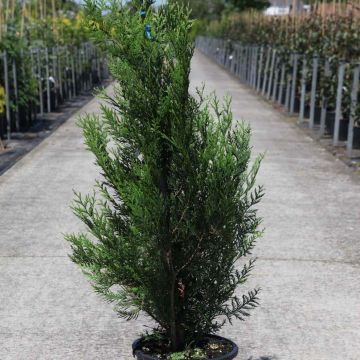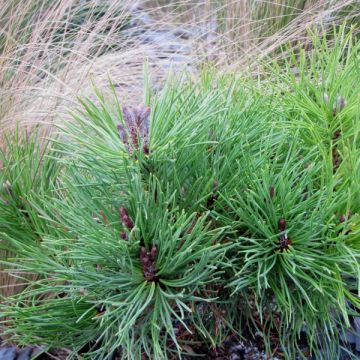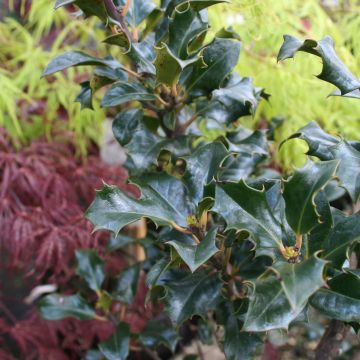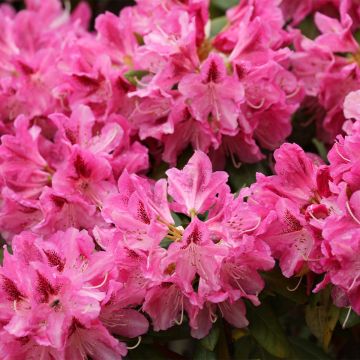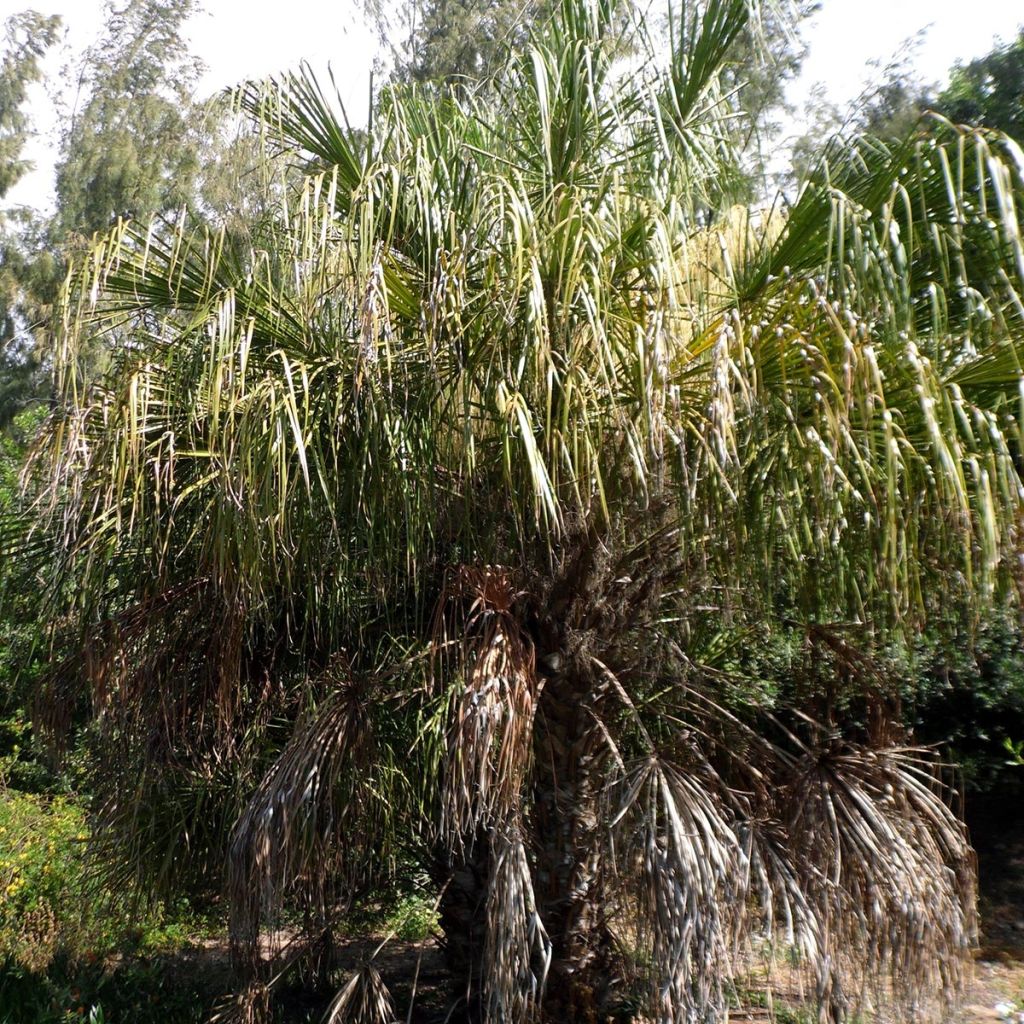

Livistona benthamii - Palmier de Bentham
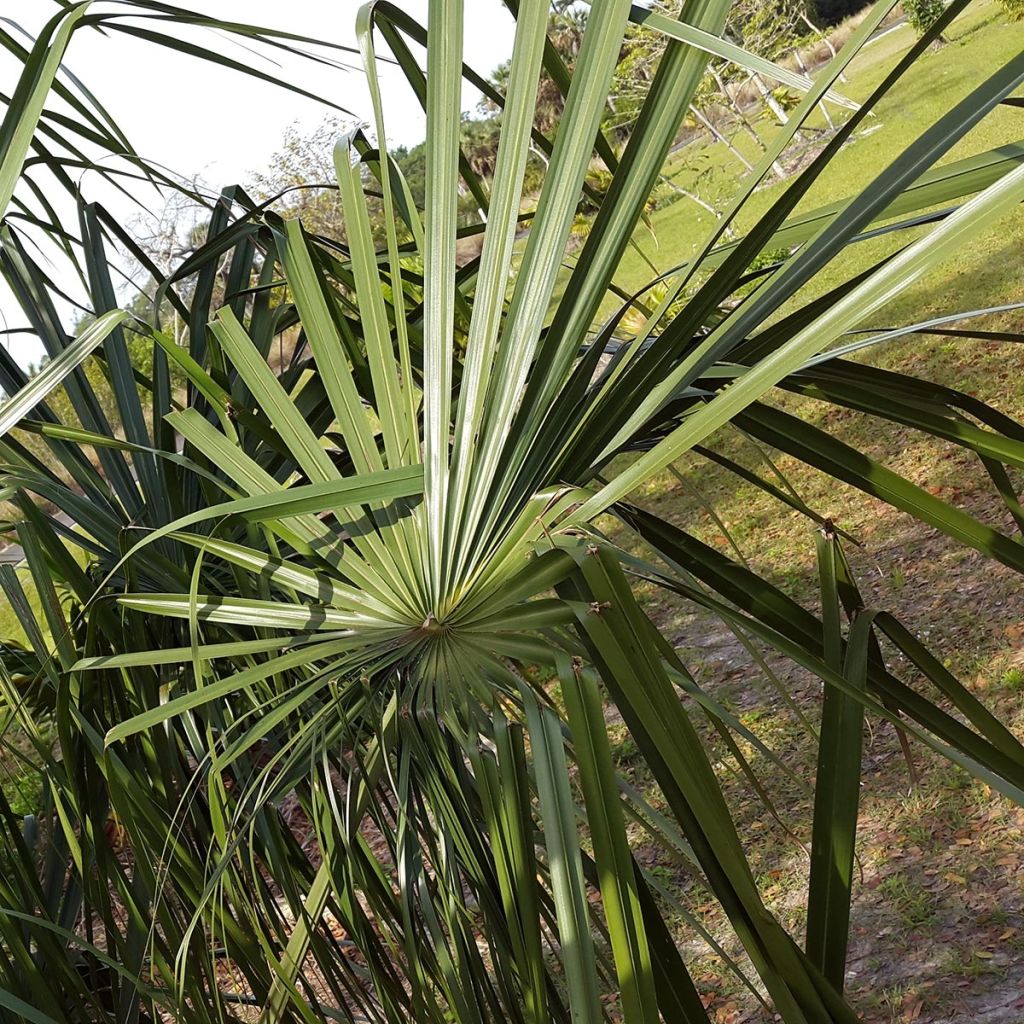

Livistona benthamii - Palmier de Bentham
Livistona benthamii - Bentham's Fan Palm
Livistona benthamii
Bentham's Fan Palm, Weeping Cabbage Palm
Special offer!
Receive a €20 voucher for any order over €90 (excluding delivery costs, credit notes, and plastic-free options)!
1- Add your favorite plants to your cart.
2- Once you have reached €90, confirm your order (you can even choose the delivery date!).
3- As soon as your order is shipped, you will receive an email containing your voucher code, valid for 3 months (90 days).
Your voucher is unique and can only be used once, for any order with a minimum value of €20, excluding delivery costs.
Can be combined with other current offers, non-divisible and non-refundable.
Why not try an alternative variety in stock?
View all →This plant carries a 24 months recovery warranty
More information
We guarantee the quality of our plants for a full growing cycle, and will replace at our expense any plant that fails to recover under normal climatic and planting conditions.
Does this plant fit my garden?
Set up your Plantfit profile →
Description
Livistona benthamii is a palm tree native to the humid tropical zones of the South Pacific, much less known than its close relatives Livistona australis and L. decora, which are more commonly planted by collectors and in botanic gardens. While it resembles them in terms of habit and foliage, it distinguishes itself by its smaller size and the appearance of its trunk, on which the remnants of old petioles persist for a long time. A tall and slender trunk of light brown, topped with a generous crown of large, almost circular, very bright green, palmate leaves with trailing ends are the assets of this highly decorative plant in an exotic Mediterranean garden, in a very mild climate. Elsewhere, this palm tree can be planted in a large container that is protected in winter in a cold greenhouse or in a large conservatory. The Livistona benthamii thrives in cool, deep, and rich soil.
Livistoni benthamii (synonyms Livistona holtzei and Livistona melanocarpa) is native to Australia, specifically the Northern Territories and Queensland, as well as the southern part of New Guinea. This species can be found in humid and marshy forests, along mangroves, lagoons, and rivers, at low altitudes. In its natural habitat, the plant can reach an average height of 18m (59 ft 1 in) with a width of 7m. In climates mild enough to accommodate it in the ground, it will adapt but remain smaller in size, especially since it will not have the very humid conditions it prefers. If grown in a container, its growth will be significantly reduced.
Bentham's Fan Palm develops a single, pale brown trunk, showing vertical cracks, with rings that are leaf scars. Near the base of this false trunk, remnants of old petioles accumulate, measuring 50 to 60 cm (19.7 to 23.6 in) in length, almost horizontal. At the top of this trunk, a crown composed of large, palmate leaves develops. These almost circular leaves are wavy, measuring 80cm (31.5 in) to 1.5m (4 ft 11 in) in length, divided into 60 to 80 segments joined at the base. Each segment is divided into two subsegments, with slightly diverging and trailing ends. The leaves are intensely green, shiny on the upper side, and slightly paler on the lower side. Each leaf is carried by a petiole of 1.40m (4 ft 7 in) to 2m (6 ft 7 in) in length, pale green with reddish-brown reflections, equipped with some dark and curved spines. The base of the petioles is almost concealed by a fibrous mass that surrounds the top of the trunk.
Flowering occurs in summer, in the form of branched panicles of cream to yellowish flowers. This palm tree is partially hermaphroditic, with flowers that bear both male reproductive organs, the stamens, and female organs, the pistils fairly regularly. The fruits are generally ovoid, measuring about 9mm (0.4 in) to 1.1cm (0.4 in) in length and 1cm (0.4 in) in diameter, blackish when ripe, containing only one globular brown seed.
The behaviour of Livistona benthamii in our mildest climates is still poorly understood, even by professionals. When planted in the ground, this palm tree deserves a prominent place, isolated on a lawn or in front of a large shrub group that will protect it from strong winds and intense sunlight. It requires space to fully express its beauty and grows quickly if it has an adequate water and nutrient supply. It seems to tolerate container cultivation, where it becomes a superb green plant for the terrace, conservatory, or temperate greenhouse. It can sometimes be difficult to associate due to its strong personality: reserve a corner of a pool for it and combine it with architectural, simple, and colourful Phormiums, and Hakonechloa macra Aureola, an easy-to-care-for ground cover with beautiful orange colour in autumn.
Livistona benthamii - Bentham's Fan Palm in pictures
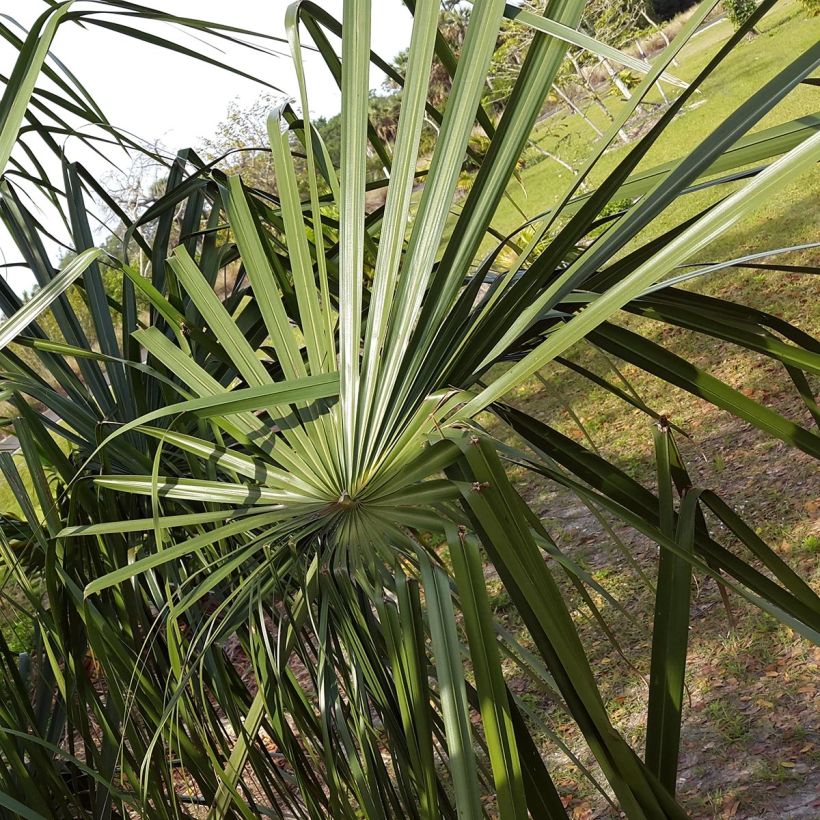

Plant habit
Flowering
Foliage
Botanical data
Livistona
benthamii
Arecaceae
Bentham's Fan Palm, Weeping Cabbage Palm
Australia
Other Livistona
View all →Planting and care
Livistona benthamii shows rapid growth, especially when regularly watered in a hot climate. It dislikes wind and scorching exposures but loves tropical, mild and humid atmospheres. Plant it in the ground in very mild climates (it dies below -3°C (26.6 °F) for an adult subject), or in a very large pot to overwinter in other regions. It must be protected in case of expected cold, by tying the crown of leaves tightly enough to protect the heart of the plant. Young plants appreciate partial shade, older plants tolerate full sun. Plant it in deep, rich, light, soft and well-drained soil. It prefers moist to waterlogged soil but can tolerate short periods of dryness. In hotter regions, it should be regularly watered in summer. It requires little maintenance except for pruning the oldest fronds close to the stem. This palm tree can live outdoors from May, and should be brought indoors in early October. It will be overwintered in a conservatory or a temperate greenhouse and kept frost-free.
Pot cultivation:
Choose a very large pot or container with drainage holes and a capacity of 75 to 100 litres. Prepare a mixture composed of 50% loam, 25% compost, 25% sand. Mix well. Partially fill your container, after placing a drainage layer at the bottom (clay balls, gravel, broken clay pots...). Place your palm tree on the mixture, so that the collar (the area where the roots originate) does not exceed the pot but is not buried too deep either. Add the rest of the mixture around the root ball, firming it down. Water in several stages to saturate the substrate with water and remove air. Place your palm tree in a very bright place, avoiding direct sunlight. Outdoors, place it in partial shade, avoiding full sun that can scorch the foliage. After two weeks in partial shade, you can gradually expose it to the sun.
Diseases and pests:
In many regions, large palm trees are victims of parasites such as the worm of the dreaded and widespread Paysandra archon, a large butterfly that thrives even as far as England. Specific treatments are now available as a preventive measure. The red palm weevil (Rhynchophorus ferrugineus) has been a problem since 2006. The symptoms are cut, dried or yellowing fronds. These pests attack many species of palm trees, with a fatal outcome: the leaves dry out irreversibly and completely as soon as the heart of the stem hosts larvae.
Planting period
Intended location
Care
Planting & care advice
This item has not been reviewed yet - be the first to leave a review about it.
Similar products
Haven't found what you were looking for?
Hardiness is the lowest winter temperature a plant can endure without suffering serious damage or even dying. However, hardiness is affected by location (a sheltered area, such as a patio), protection (winter cover) and soil type (hardiness is improved by well-drained soil).

Photo Sharing Terms & Conditions
In order to encourage gardeners to interact and share their experiences, Promesse de fleurs offers various media enabling content to be uploaded onto its Site - in particular via the ‘Photo sharing’ module.
The User agrees to refrain from:
- Posting any content that is illegal, prejudicial, insulting, racist, inciteful to hatred, revisionist, contrary to public decency, that infringes on privacy or on the privacy rights of third parties, in particular the publicity rights of persons and goods, intellectual property rights, or the right to privacy.
- Submitting content on behalf of a third party;
- Impersonate the identity of a third party and/or publish any personal information about a third party;
In general, the User undertakes to refrain from any unethical behaviour.
All Content (in particular text, comments, files, images, photos, videos, creative works, etc.), which may be subject to property or intellectual property rights, image or other private rights, shall remain the property of the User, subject to the limited rights granted by the terms of the licence granted by Promesse de fleurs as stated below. Users are at liberty to publish or not to publish such Content on the Site, notably via the ‘Photo Sharing’ facility, and accept that this Content shall be made public and freely accessible, notably on the Internet.
Users further acknowledge, undertake to have ,and guarantee that they hold all necessary rights and permissions to publish such material on the Site, in particular with regard to the legislation in force pertaining to any privacy, property, intellectual property, image, or contractual rights, or rights of any other nature. By publishing such Content on the Site, Users acknowledge accepting full liability as publishers of the Content within the meaning of the law, and grant Promesse de fleurs, free of charge, an inclusive, worldwide licence for the said Content for the entire duration of its publication, including all reproduction, representation, up/downloading, displaying, performing, transmission, and storage rights.
Users also grant permission for their name to be linked to the Content and accept that this link may not always be made available.
By engaging in posting material, Users consent to their Content becoming automatically accessible on the Internet, in particular on other sites and/or blogs and/or web pages of the Promesse de fleurs site, including in particular social pages and the Promesse de fleurs catalogue.
Users may secure the removal of entrusted content free of charge by issuing a simple request via our contact form.
The flowering period indicated on our website applies to countries and regions located in USDA zone 8 (France, the United Kingdom, Ireland, the Netherlands, etc.)
It will vary according to where you live:
- In zones 9 to 10 (Italy, Spain, Greece, etc.), flowering will occur about 2 to 4 weeks earlier.
- In zones 6 to 7 (Germany, Poland, Slovenia, and lower mountainous regions), flowering will be delayed by 2 to 3 weeks.
- In zone 5 (Central Europe, Scandinavia), blooming will be delayed by 3 to 5 weeks.
In temperate climates, pruning of spring-flowering shrubs (forsythia, spireas, etc.) should be done just after flowering.
Pruning of summer-flowering shrubs (Indian Lilac, Perovskia, etc.) can be done in winter or spring.
In cold regions as well as with frost-sensitive plants, avoid pruning too early when severe frosts may still occur.
The planting period indicated on our website applies to countries and regions located in USDA zone 8 (France, United Kingdom, Ireland, Netherlands).
It will vary according to where you live:
- In Mediterranean zones (Marseille, Madrid, Milan, etc.), autumn and winter are the best planting periods.
- In continental zones (Strasbourg, Munich, Vienna, etc.), delay planting by 2 to 3 weeks in spring and bring it forward by 2 to 4 weeks in autumn.
- In mountainous regions (the Alps, Pyrenees, Carpathians, etc.), it is best to plant in late spring (May-June) or late summer (August-September).
The harvesting period indicated on our website applies to countries and regions in USDA zone 8 (France, England, Ireland, the Netherlands).
In colder areas (Scandinavia, Poland, Austria...) fruit and vegetable harvests are likely to be delayed by 3-4 weeks.
In warmer areas (Italy, Spain, Greece, etc.), harvesting will probably take place earlier, depending on weather conditions.
The sowing periods indicated on our website apply to countries and regions within USDA Zone 8 (France, UK, Ireland, Netherlands).
In colder areas (Scandinavia, Poland, Austria...), delay any outdoor sowing by 3-4 weeks, or sow under glass.
In warmer climes (Italy, Spain, Greece, etc.), bring outdoor sowing forward by a few weeks.






























